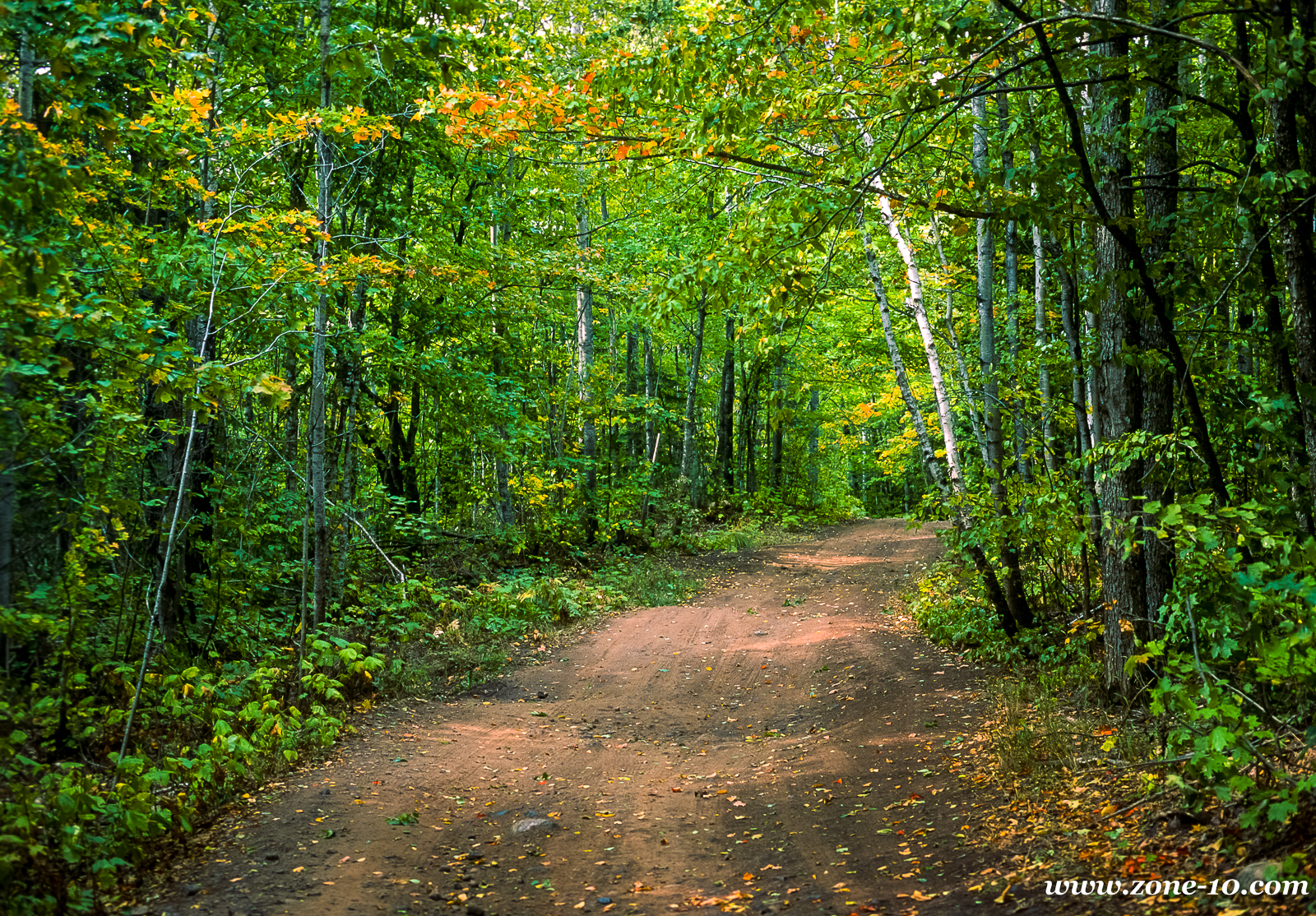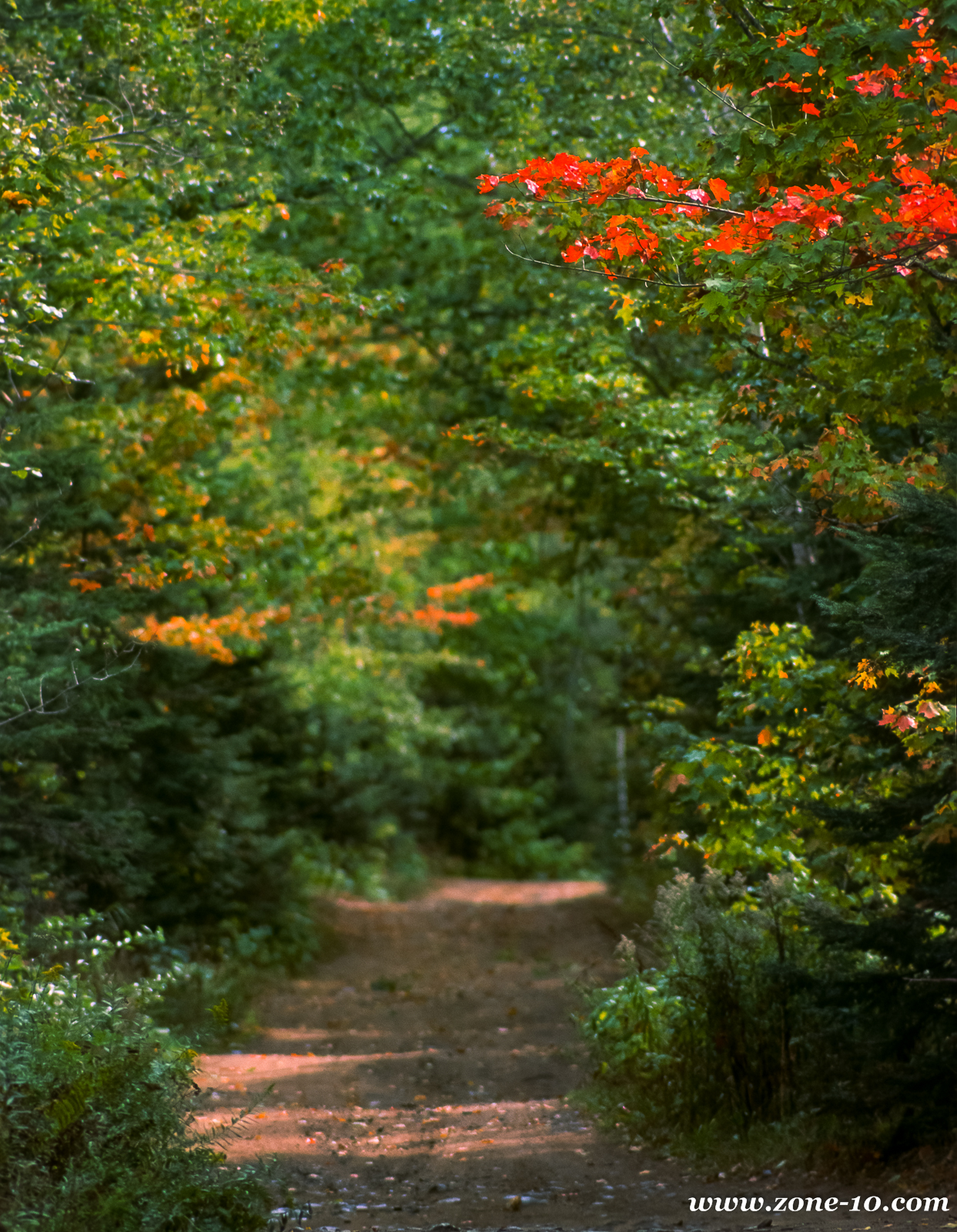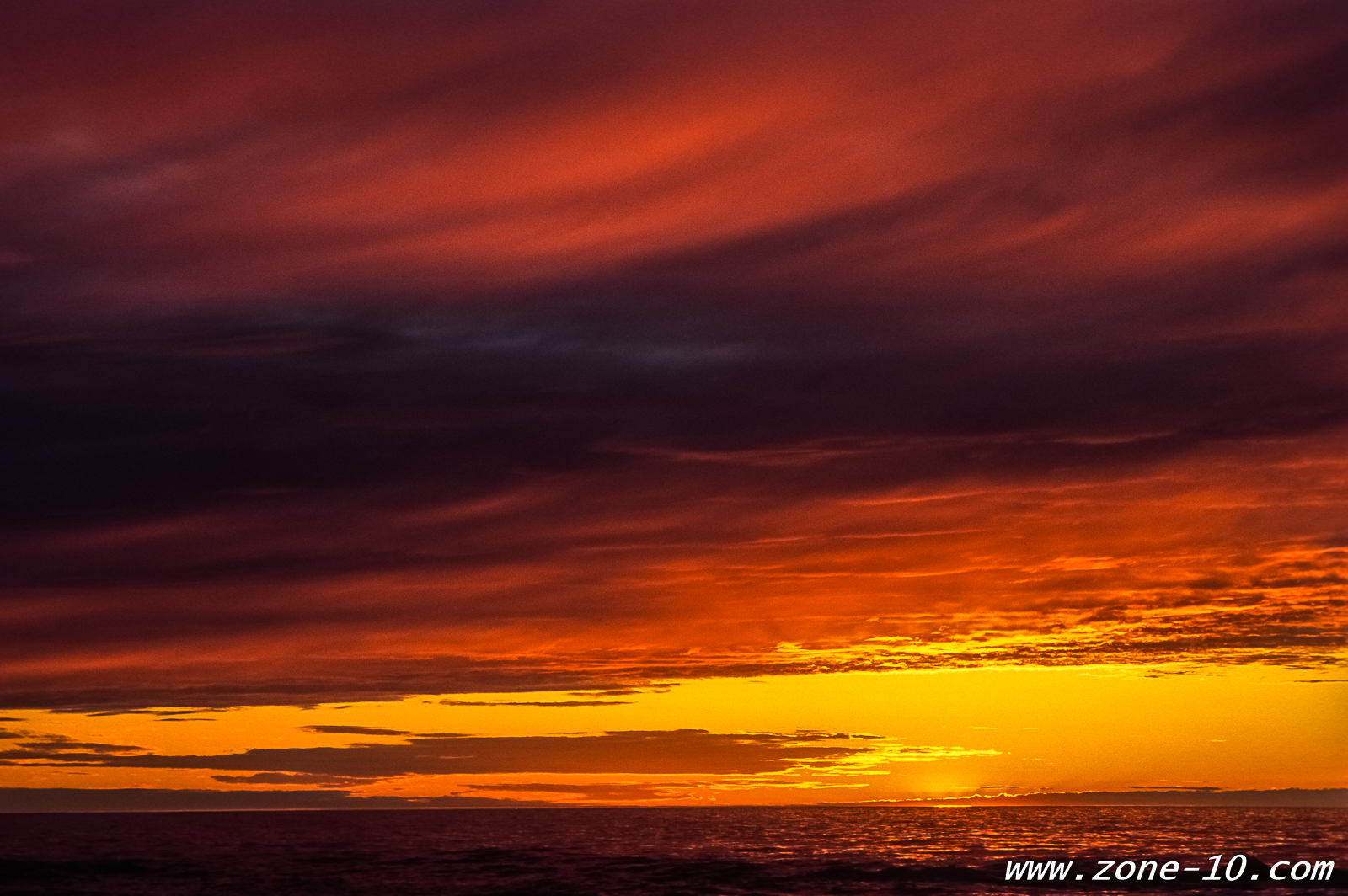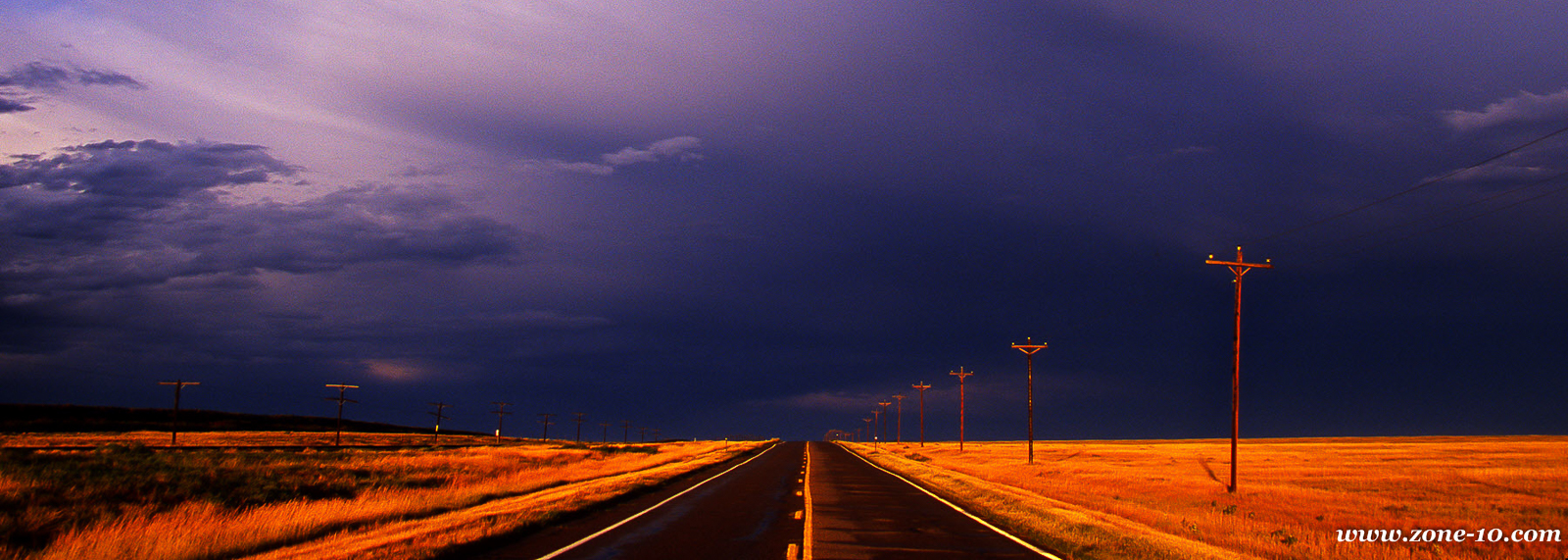Red Branch and Road - Two Views, Two Edits
These two photos were taken up near Copper Harbor, Michigan. I'm showing them here with an explanation.


1. First of all, these are taken with 35mm film. I used the legendary OM-4T camera loaded with Fujichrome Velvia, ISO 50 film. This gives an illustration as to a slightly different look/feel to the images that a Full-Frame digital camera may give over a crop sensor camera.
2. Secondly, two lenses were used. In the wide shot, it was taken with the Zuiko 35-80mm F2.8 zoom at a wider, if not the widest setting. This specific lens is in the category of "best of" that any particular brand will have produced. The vertical picture was taken with the Zuiko 300mm F4.5 lens.
3. The lighting changed between the two pictures. The sun was coming in and out of the clouds (the only sun we saw that entire week) and the scene changed dramatically from one picture to the next. This is an important point because in changing light, taking pictures across the various lighting can produce different results.
4. Editing. I did interpret the images differently. The editing for both images does include dodging and burning and different levels of adjustment in Lightroom. Had I intended for both images to be displayed together, I would have processed them to match. But each image was edited "stand-alone" with no regard for the other.
5. Believe it or not, the red branch at the top is the same in both pictures. The color is different because of the lighting and how it was processed.
6. Back to the second point, I changed perspective and shooting location. I liked the branch and wanted to work with it and moved about 200 feet between pictures.
7. The telephoto picture required getting dirty. The road curved, so this picture was taken from within the woods. I had to avoid patches of poison ivy and I needed to move branches out of my way. Many landscape photographers carry thread with them, but I used spare tripods to lean against branches to get them out of the line of sight.
8. Time. It took time to work this scene. We spent around a half-hour at this location, shooting a number of pictures. I started out wide and kept going to a longer and longer focal length. I finally ended with the 300mm lens and a long ways from where I started. In a rush, I work the scene getting my standard angles and views, but with time, I can explore the other options and expand beyond just the obvious.
- Read more about Red Branch and Road - Two Views, Two Edits
- Log in or register to post comments



